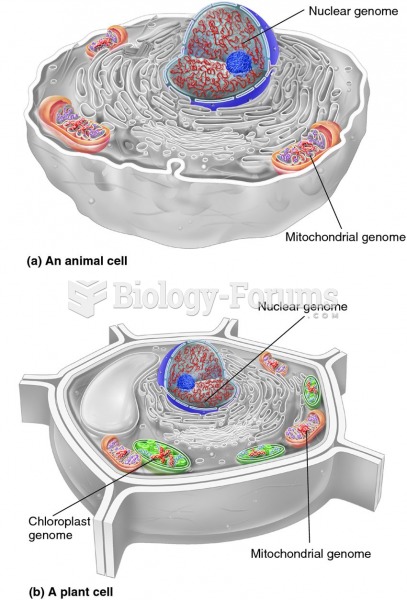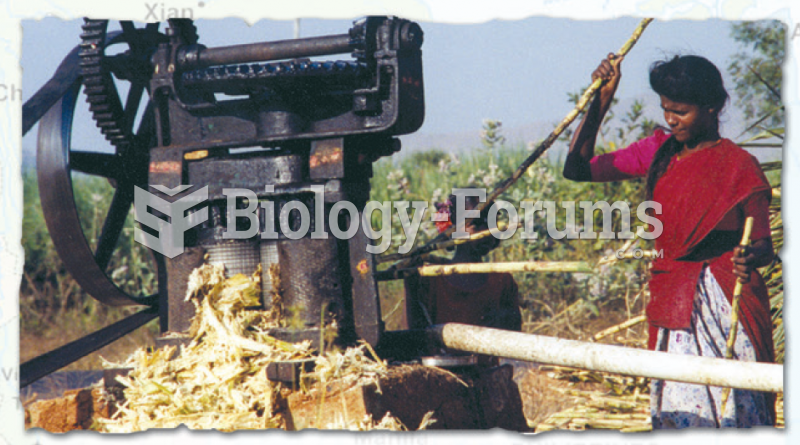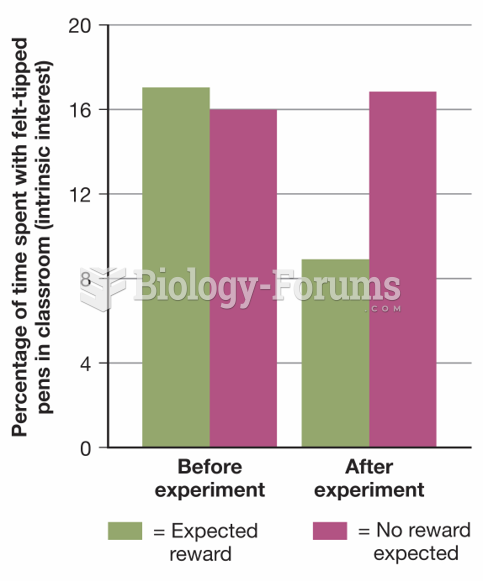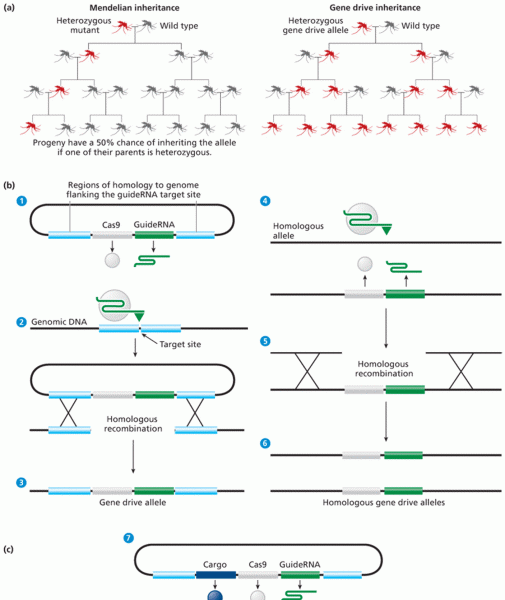|
|
|
Illicit drug use costs the United States approximately $181 billion every year.
The familiar sounds of your heart are made by the heart's valves as they open and close.
As many as 28% of hospitalized patients requiring mechanical ventilators to help them breathe (for more than 48 hours) will develop ventilator-associated pneumonia. Current therapy involves intravenous antibiotics, but new antibiotics that can be inhaled (and more directly treat the infection) are being developed.
More than 34,000 trademarked medication names and more than 10,000 generic medication names are in use in the United States.
Eating food that has been cooked with poppy seeds may cause you to fail a drug screening test, because the seeds contain enough opiate alkaloids to register as a positive.







